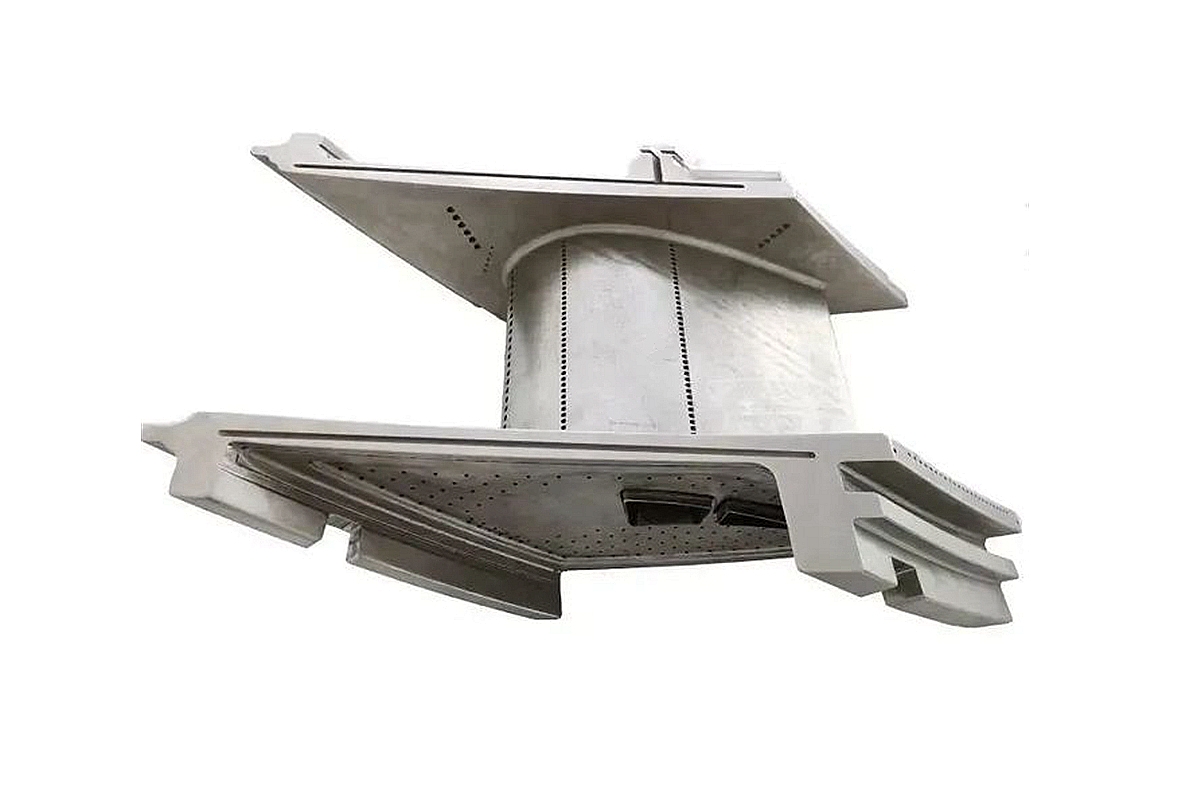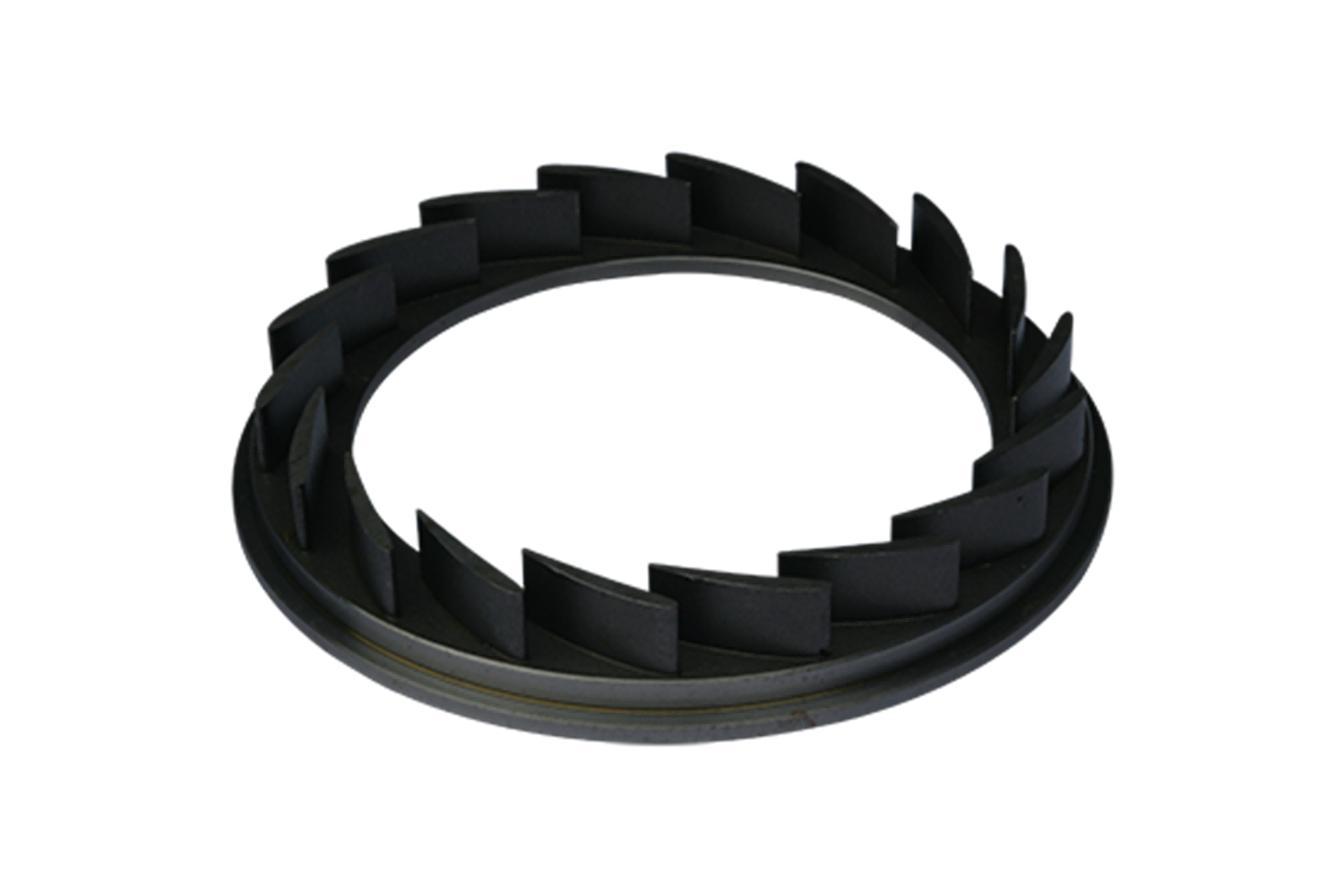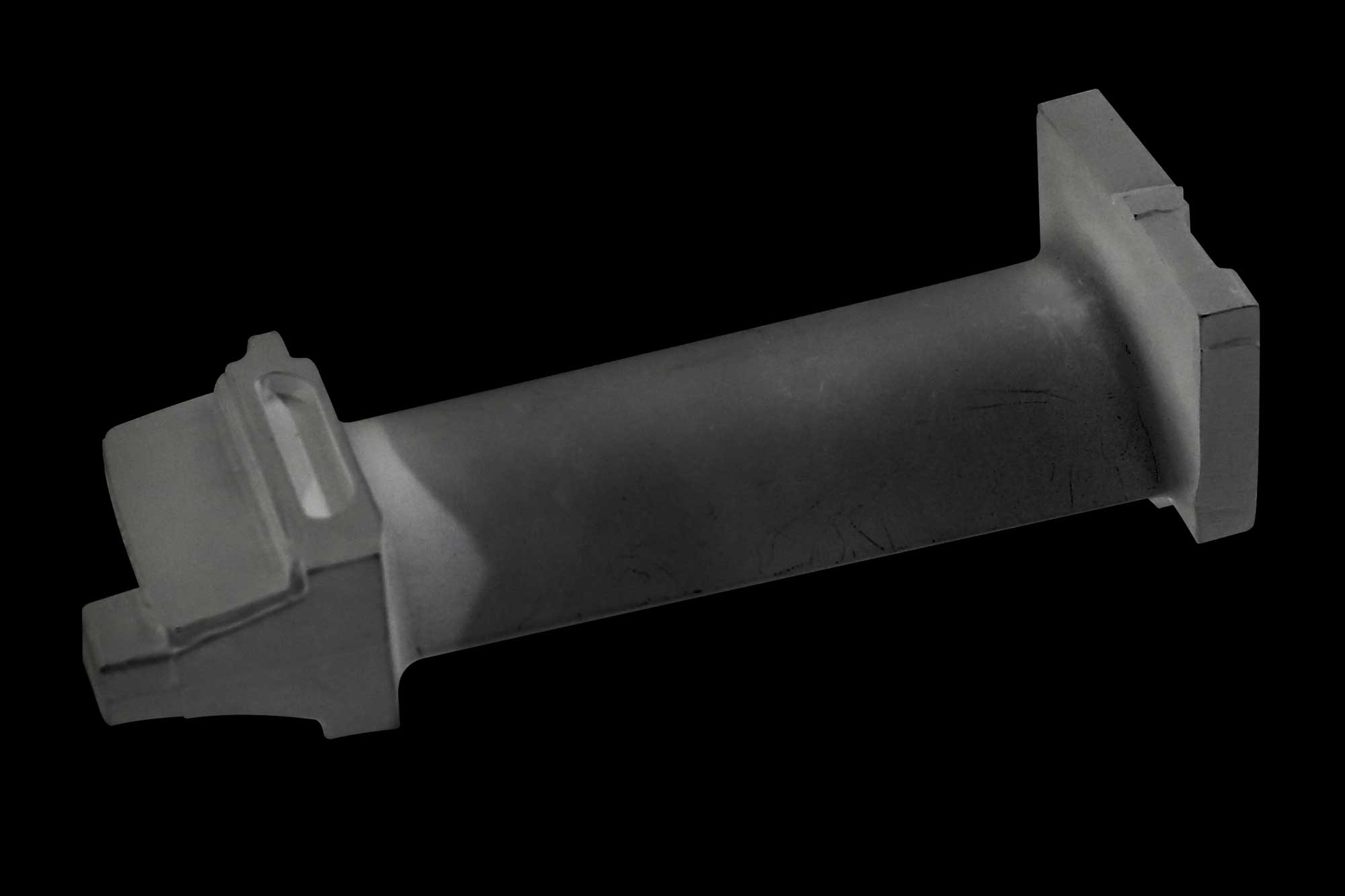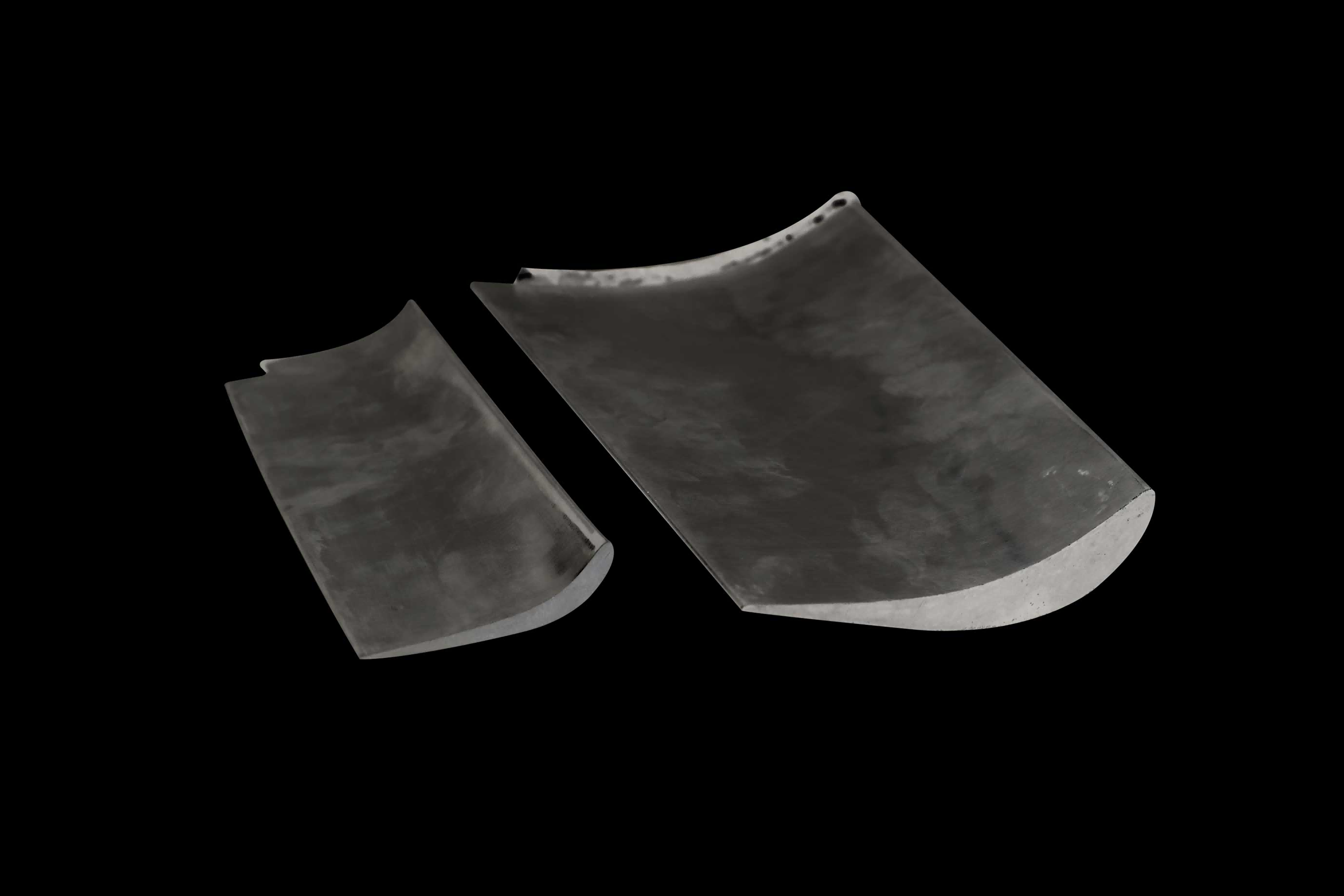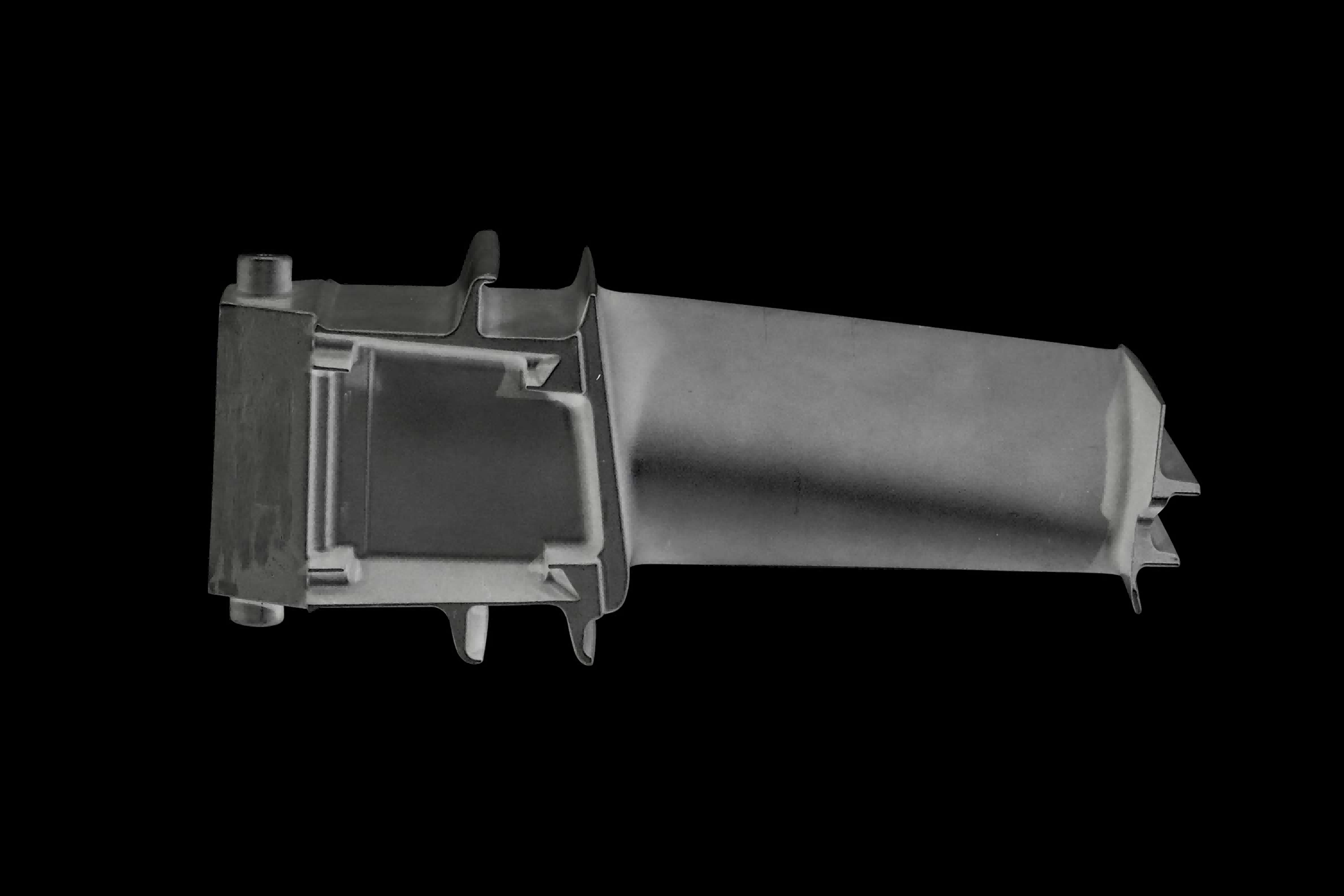CMSX Series High temperature Alloy Parts Manufacturer
The CMSX series high-temperature alloys are single-crystal superalloys known for their excellent resistance to high temperatures, oxidation, and corrosion. These alloys offer superior mechanical strength, ideal for critical components like turbine blades and vanes in aerospace engines, power generation turbines, and industrial gas turbines, where extreme heat and stress conditions are present.

Send us your designs and specifications for a free quotation
All uploaded files are secure and confidential
Our High Temperature Alloy Parts Manufacturing Service
Neway specializes in vacuum casting and forging of high-temperature alloys, including single crystal casting and equiaxed crystal casting of high-temperature alloys. At the same time, it provides CNC machining, 3D printing rapid proofing services for high-temperature alloys, as well as post-processing processes such as deep hole drilling, EDM, thermal barrier coating, hot isostatic pressing, etc., to provide you with one-stop service.
CMSX Series Materials
Post Process for CMSX Single Crystal Castings
CMSX single crystal castings undergo specialized post-processing to enhance their performance. Key processes include Hot Isostatic Pressing (HIP) to eliminate porosity and improve mechanical strength, Heat Treatment to optimize creep resistance and fatigue life, Superalloy Welding for precise repairs, and Thermal Barrier Coating (TBC) to protect surfaces from high-temperature degradation, ensuring reliability in aerospace and power generation applications.
CMSX Series High-temperature Alloy Available
Common manufacturing processes for CMSX series high-temperature alloys include vacuum investment casting, directional solidification, and single-crystal casting. These processes optimize the alloy's mechanical properties. Common materials used alongside CMSX alloys include nickel-based superalloys, such as Inconel and Rene alloys, which offer complementary high-temperature performance for components like turbine blades and combustion chambers in aerospace and power generation.
Applications and Industries of CMSX Single Crystal Casting Components
CMSX single crystal casting components are widely used in aerospace, power generation, and energy industries due to their exceptional creep resistance and high-temperature strength. Typical applications include turbine blades, guide vanes, and combustion chambers, ensuring superior performance in jet engines and gas turbines. They are also utilized in oil and gas, marine, military, and nuclear sectors for extreme operational environments.

learn more
Aerospace and Aviation

learn more
Power Generation

learn more
Oil and Gas

learn more
Energy

learn more
Marine

learn more
Mining
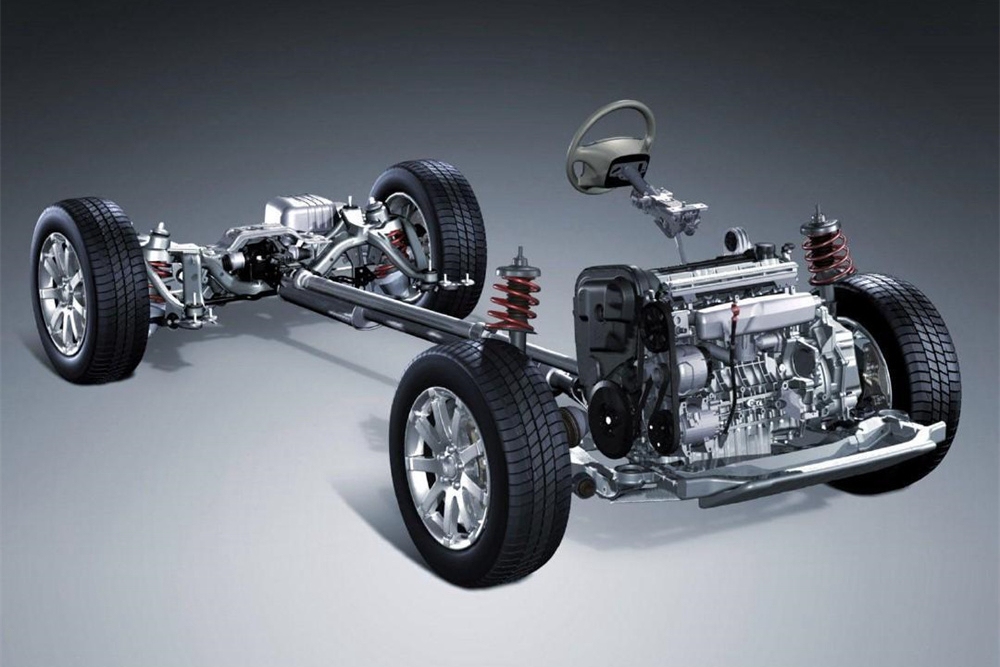
learn more
Automotive
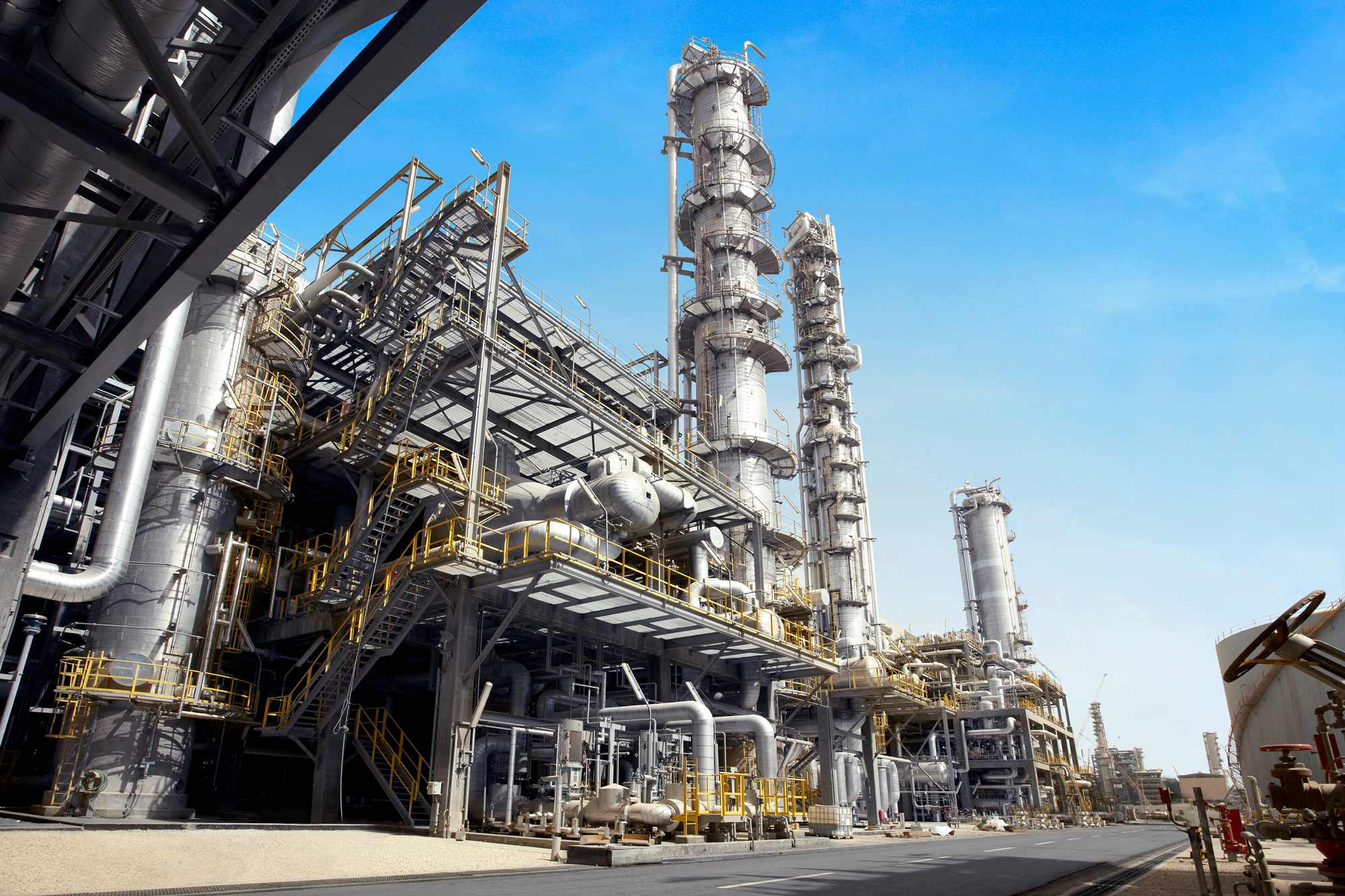
learn more
Chemical Processing
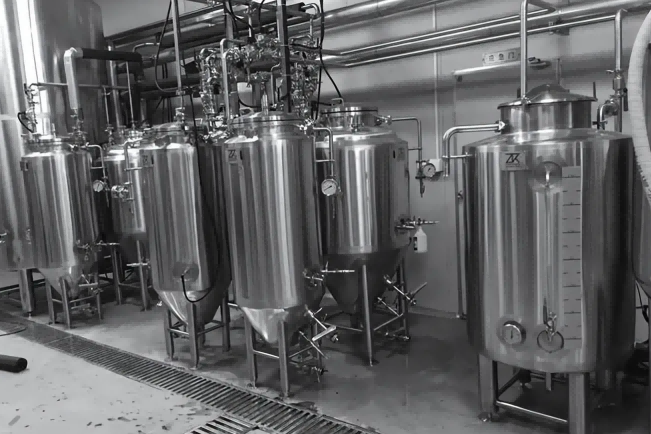
learn more
Pharmaceutical and Food

learn more
Military and Defense
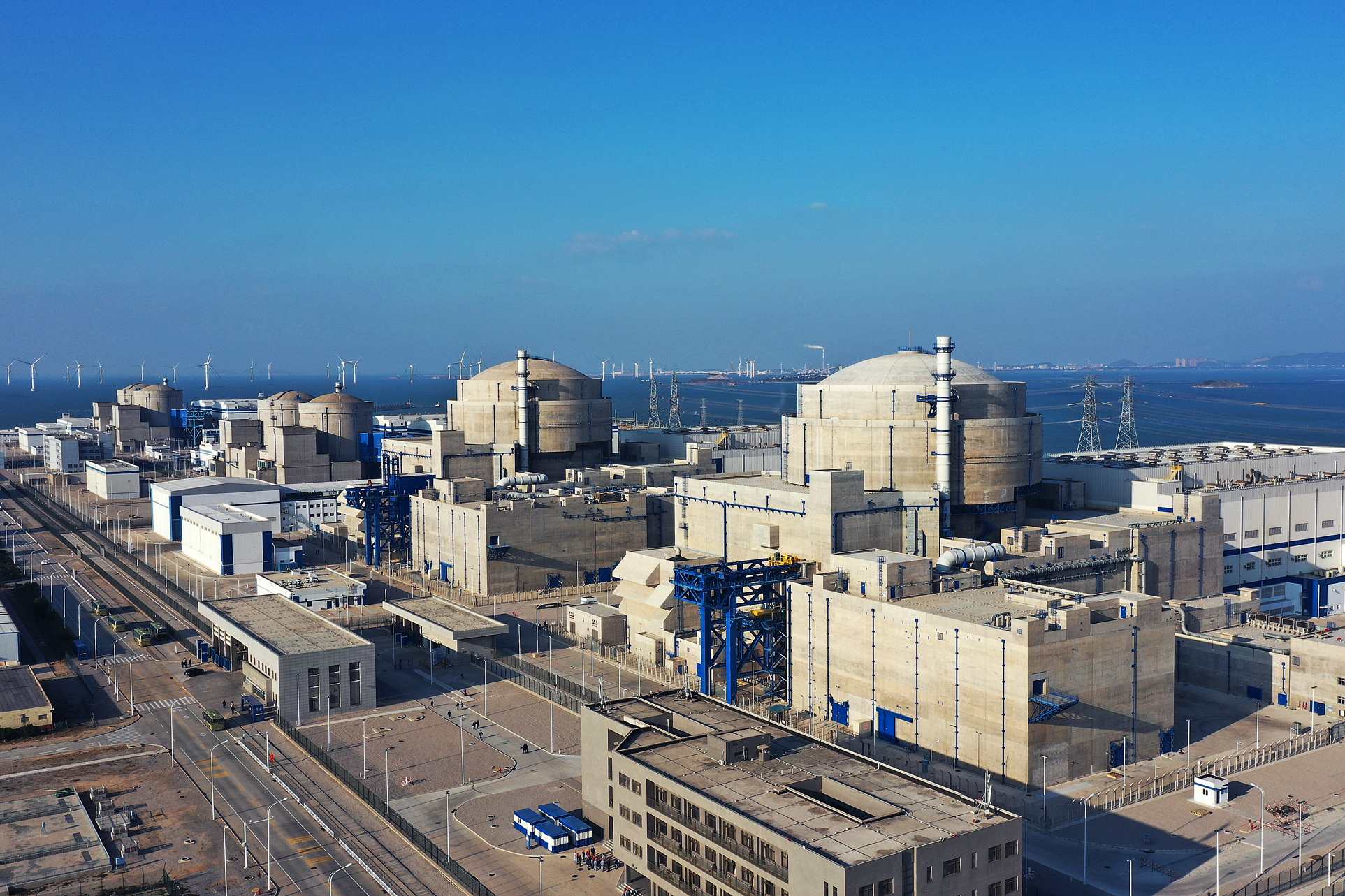
learn more
Nuclear

learn more
More Cases

learn more
New Technology
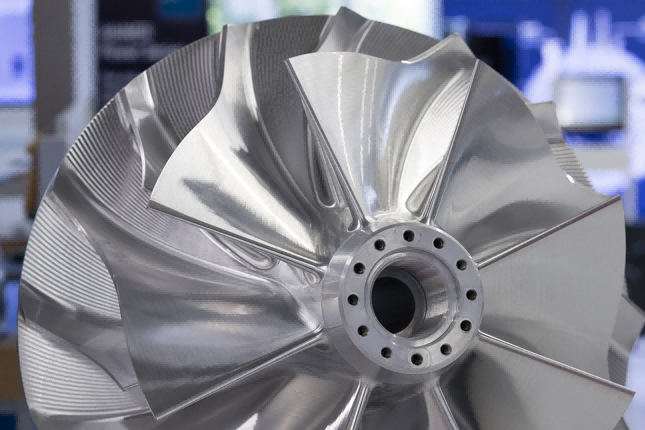
learn more
Products Gallery
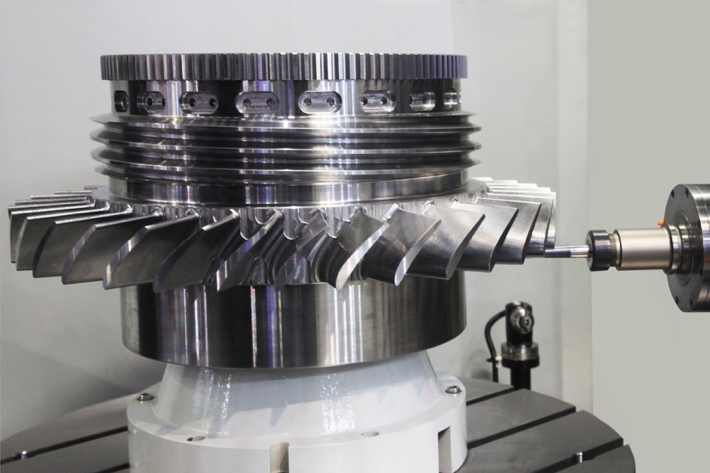
learn more
Various Industries

learn more
Surface Finishings

learn more
Post-Process

learn more
Manufacturing Technology

learn more
R&D and Simulation

learn more
Manufacturing Equipments

learn more
Testing Equipments

learn more
3D Printing Prototyping

learn more
FAQs

learn more
Contact
CMSX Series High-temperature Alloy Parts Gallery
Common parts manufactured with CMSX series high-temperature alloys include turbine blades, vanes, nozzles, and combustion chamber components in jet engines and gas turbines. These components benefit from the alloy's superior creep resistance, oxidation, and corrosion resistance at high temperatures, making them essential for aerospace, power generation, and industrial gas turbine applications, where reliability and durability are critical.
Let's Start A New Project Today


